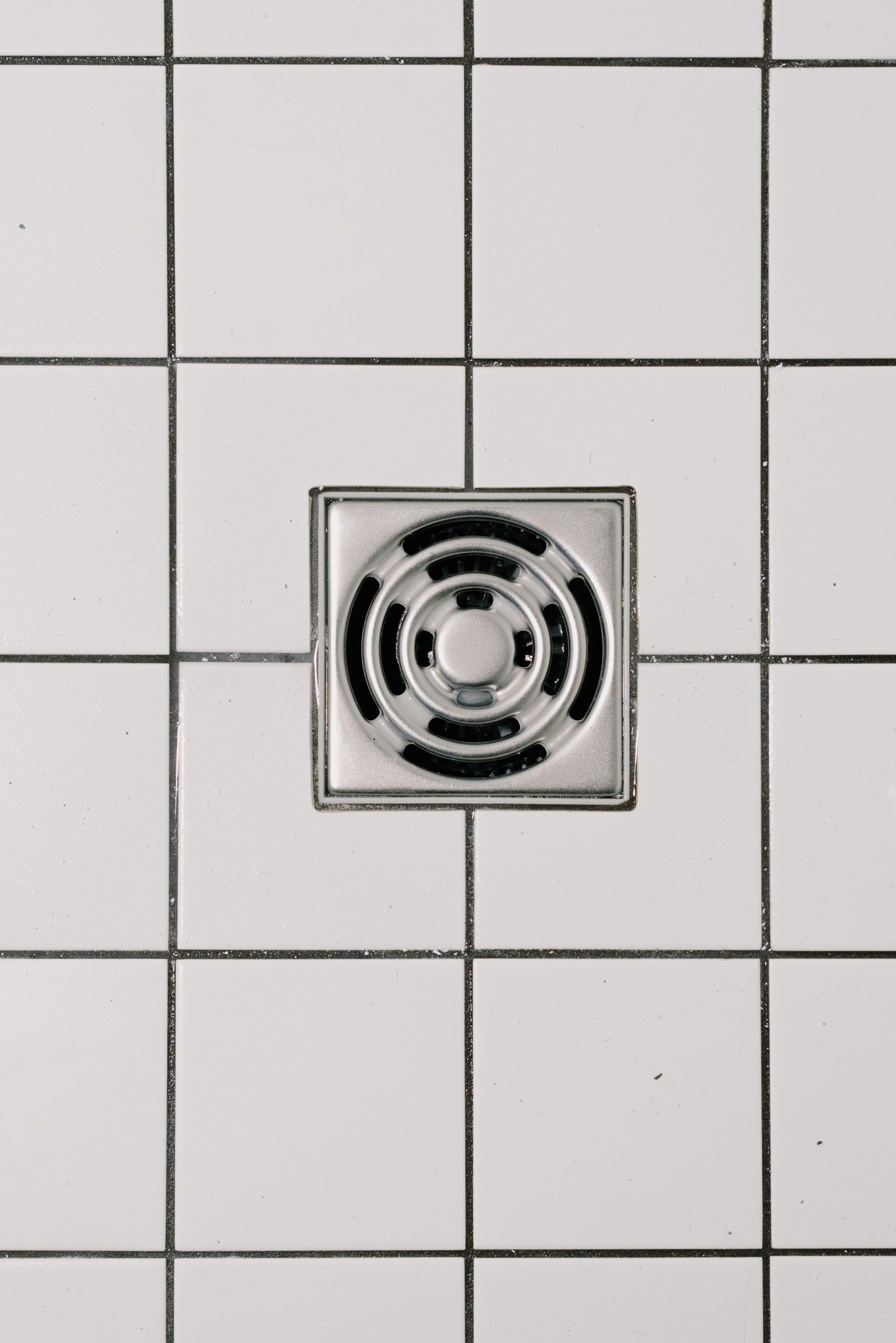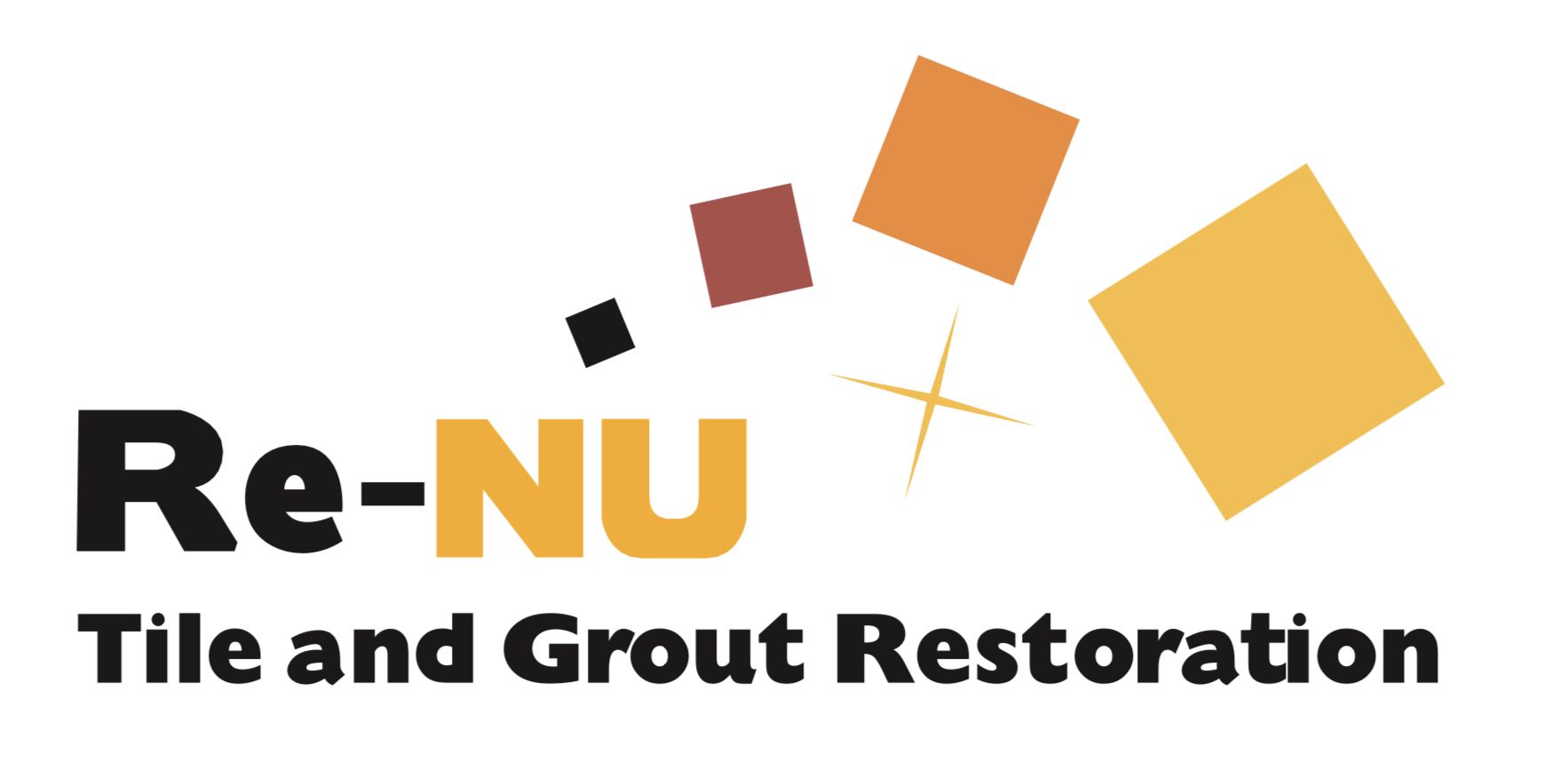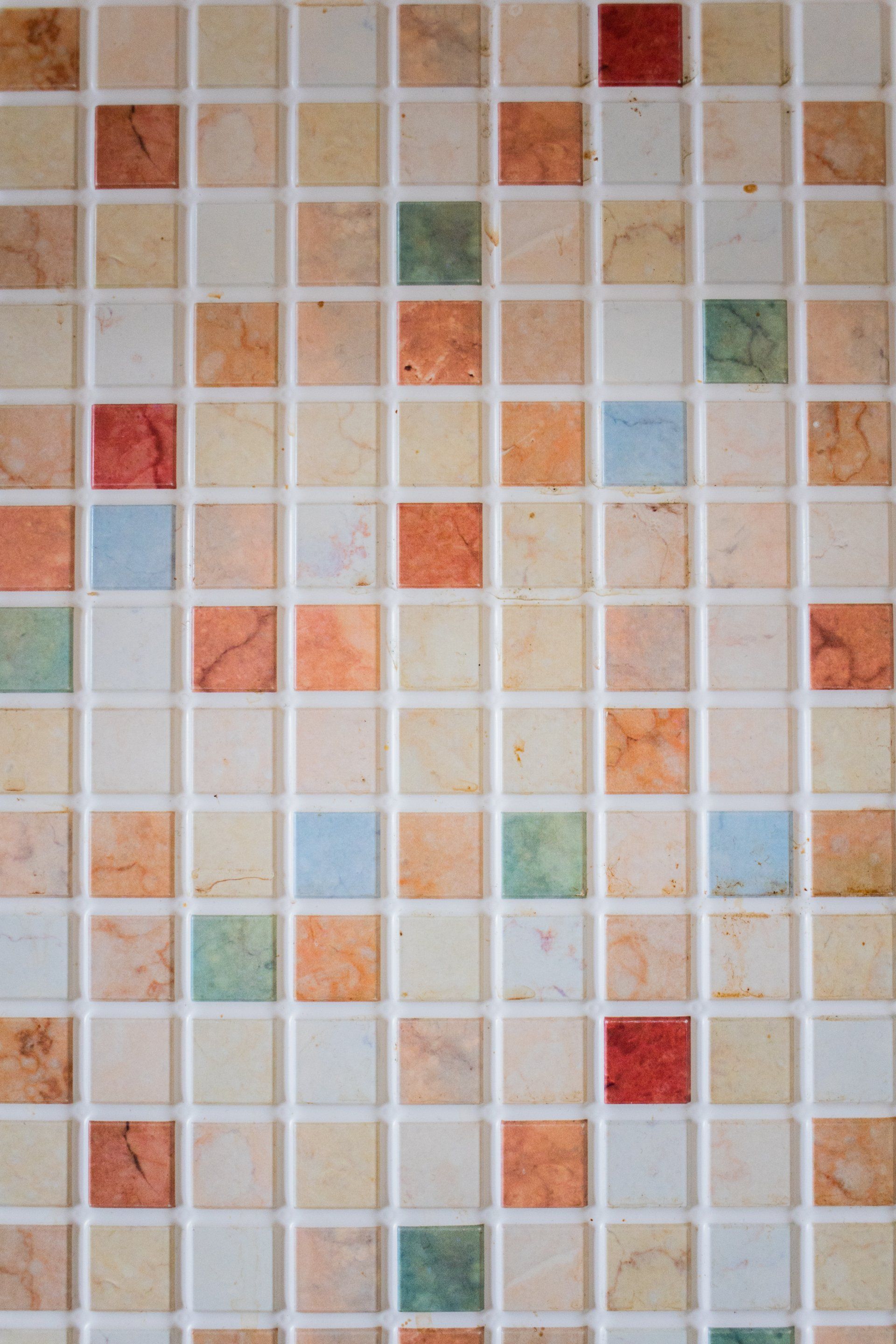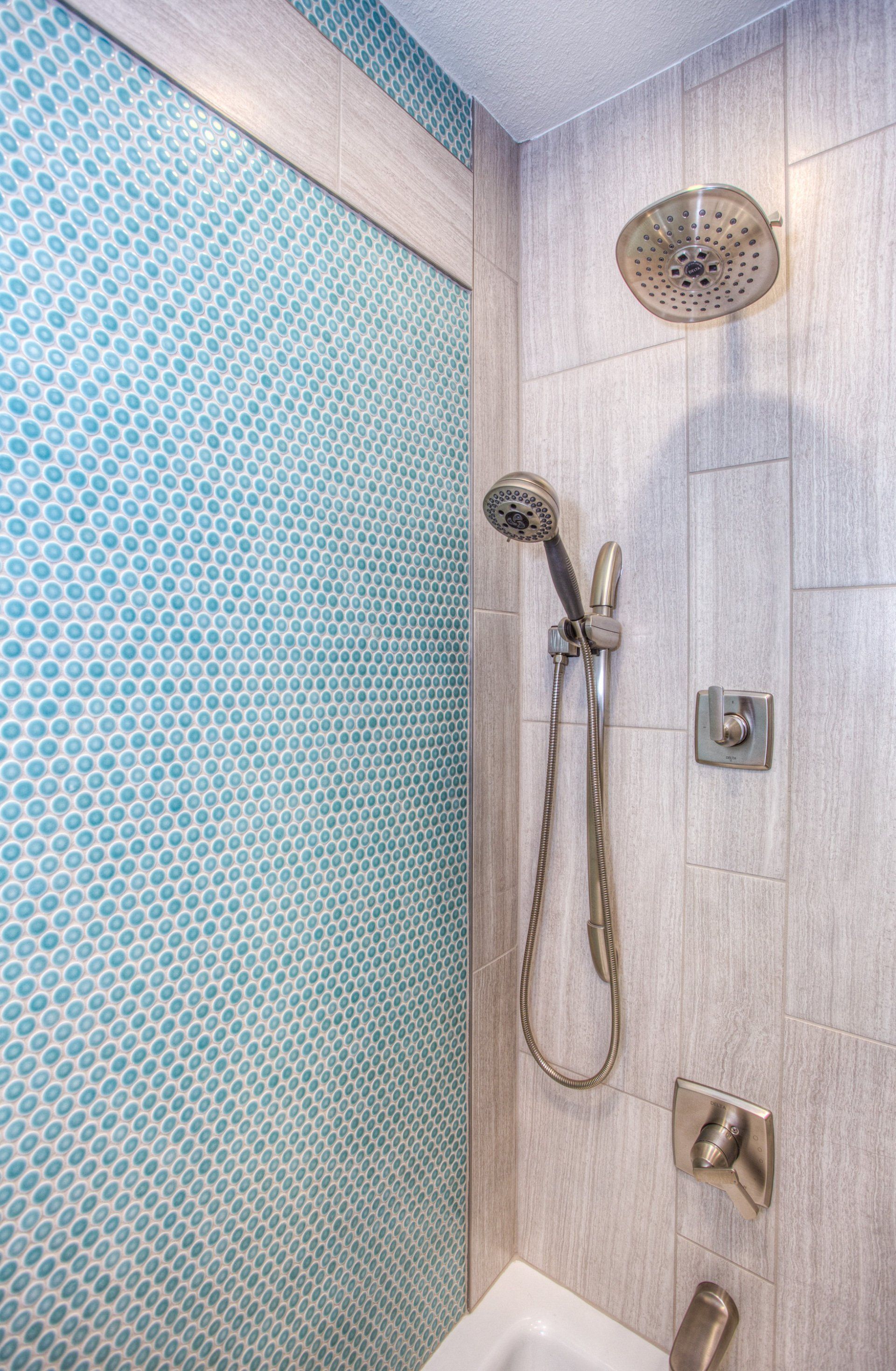Plumbing: How to Test for a Leaky Shower Pan
How to Test for a Leaky Shower Pan

Ensuring that your shower pan is free from leaks is crucial to prevent water damage and maintain the integrity of your bathroom. Here's a guide on how to conduct a thorough test for a leaky shower pan:
What is a Flood Test?
A flood test for a shower pan involves plugging the drain and filling the shower pan with water to a certain level. The key objective is to observe if the water level remains consistent over an extended period, typically 24-72 hours7. If the water level holds, it indicates that there are no leaks in the shower pan, confirming the effectiveness of the waterproofing7.
Why is a Flood Test Necessary?
Performing a flood test is essential as it helps detect any potential leaks in the shower pan before tiling. Despite its importance, some tile installers may skip this critical step, leading to avoidable issues7. Reasons for skipping a flood test range from time constraints to overconfidence in the installation process, but the potential risks of not conducting the test outweigh the perceived benefits.
How to Conduct a Flood Test
- Plug the Drain: Utilize a suitable drain plug, either mechanical or pneumatic, to seal the drain effectively7.
- Fill the Pan: Fill the shower pan with water up to a designated level, usually one to two inches, and mark this level for reference7.
- Wait and Inspect: Allow the filled shower pan to sit overnight to monitor any changes in the water level. Upon inspection, if the water level remains unchanged, it indicates a successful test7.
- Identify Leaks: If the water level drops, it signifies a potential leak in the shower pan. Factors such as inadequate sealing, defective waterproofing products, or faulty membrane-to-drain connections could contribute to leaks7.
Tips for a Successful Flood Test
- Use an appropriate drain plug to ensure a tight seal for accurate results.
- Monitor the water level consistently to detect any deviations during the test.
- Check the drain-to-drainpipe connection and membrane-to-drain connection for potential leaks7.
Importance of Early Detection
Identifying and rectifying shower pan leaks early on can prevent costly water damage and structural issues in the future. Conducting a flood test before tiling your shower floor is a proactive measure to ensure a watertight shower installation and maintain the longevity of your bathroom space.
By following these guidelines and understanding the significance of a flood test, you can effectively assess and mitigate the risk of leaks in your shower pan, ensuring a durable and watertight shower enclosure.
By conducting a flood test and prioritizing proper waterproofing techniques, you can proactively address potential leaks in your shower pan, safeguarding your bathroom against water damage and ensuring long-term functionality.



